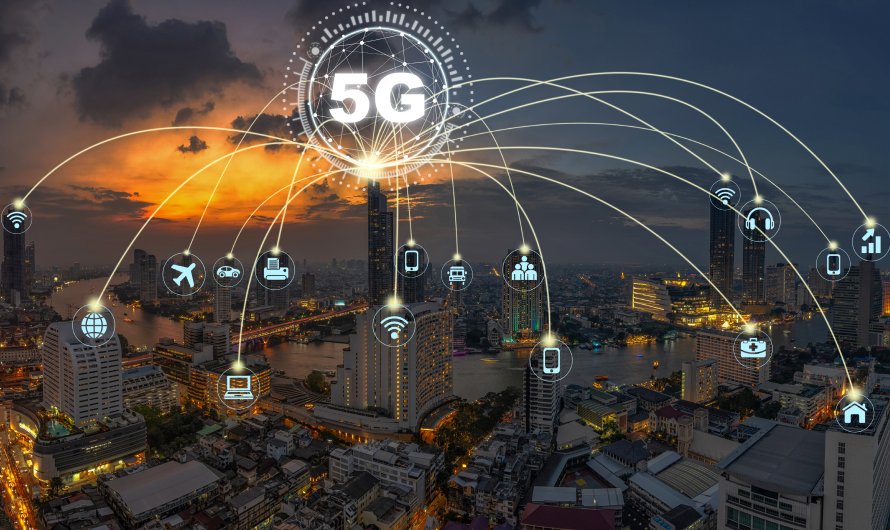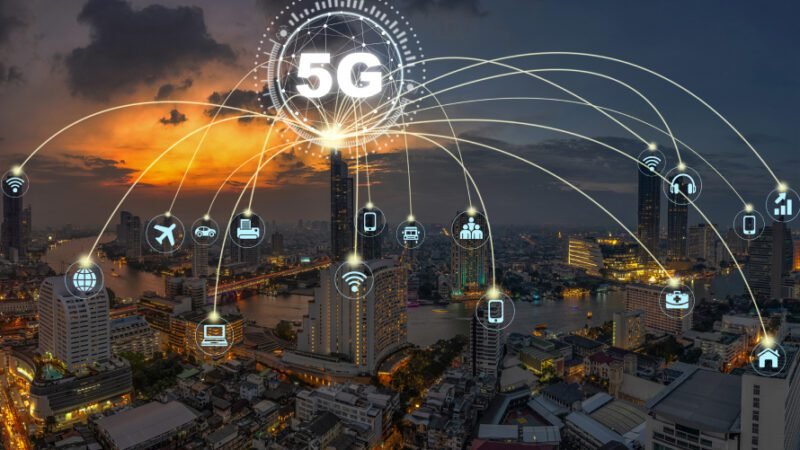How the Internet Works Explained
How the Internet Works Explained
Introduction: The internet has become an integral part of our daily lives, connecting people, businesses, and information across the globe. This article provides a comprehensive guide to understanding how the internet works, covering its infrastructure, protocols, and processes.

What is the Internet?
The internet is a global network of interconnected computers and devices that communicate with each other using a standardized set of protocols. It allows for the exchange of data and information across vast distances, enabling activities such as web browsing, email communication, and online services.
Internet Infrastructure:
a) Internet Service Providers (ISPs): ISPs are companies that provide access to the internet. They connect users to the internet through various technologies like broadband, DSL, or fiber optic cables.
b) Network Backbone: The internet backbone consists of high-capacity networks that interconnect major ISPs and data centers. These backbone networks, operated by organizations such as Tier 1 network providers, facilitate the flow of data across different regions.
c) Routers and Switches: Routers and switches are network devices responsible for directing data packets across the internet. Routers determine the best path for data transmission, while switches connect multiple devices within a network.
Internet Protocols:
a) TCP/IP: Transmission Control Protocol/Internet Protocol (TCP/IP) is the foundational protocol suite used on the internet. TCP ensures reliable and ordered delivery of data packets, while IP handles the addressing and routing of packets across networks.
b) HTTP and HTTPS: Hypertext Transfer Protocol (HTTP) and its secure counterpart HTTPS enable the communication and transfer of information between web browsers and web servers. HTTP defines the rules for formatting and transmitting web requests and responses.
c) DNS: Domain Name System (DNS) translates human-readable domain names (e.g., example.com) into IP addresses that computers understand. DNS allows users to access websites by typing domain names instead of complicated IP addresses.
Web Browsing and Communication:
a) Web Browsers: Web browsers, such as Chrome, Firefox, and Safari, are software applications that allow users to access and interact with websites. They interpret HTML, CSS, and JavaScript to render web pages.
b) Email: Email (Electronic Mail) is a widely used method of communication on the internet. It relies on protocols like SMTP (Simple Mail Transfer Protocol) for sending emails and POP or IMAP for retrieving them.
c) Instant Messaging and Voice/Video Calls: Instant messaging services and voice/video call applications, such as WhatsApp, Skype, or Discord, enable real-time communication over the internet, connecting people across the globe.
Internet Security and Privacy:
a) Encryption: Encryption technologies, like SSL/TLS, ensure secure transmission of data over the internet, protecting it from unauthorized access or interception.
b) Firewalls and Antivirus Software: Firewalls monitor and control network traffic, filtering out potential threats. Antivirus software detects and eliminates malicious software, protecting devices from viruses and malware.
c) VPN: Virtual Private Networks (VPNs) create a secure and private connection over a public network, encrypting data and masking users’ IP addresses.
Conclusion: The internet’s complex infrastructure, protocols, and services work together seamlessly to connect users worldwide, enable communication, and facilitate the exchange of information. Understanding the fundamentals of how the internet works empowers individuals and businesses to leverage its vast potential while staying safe and secure online.



